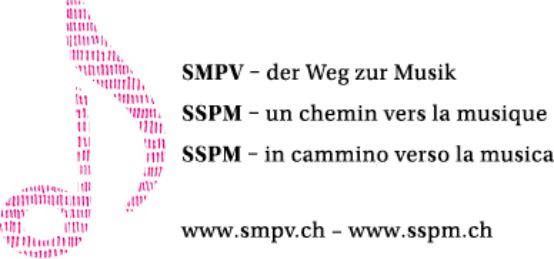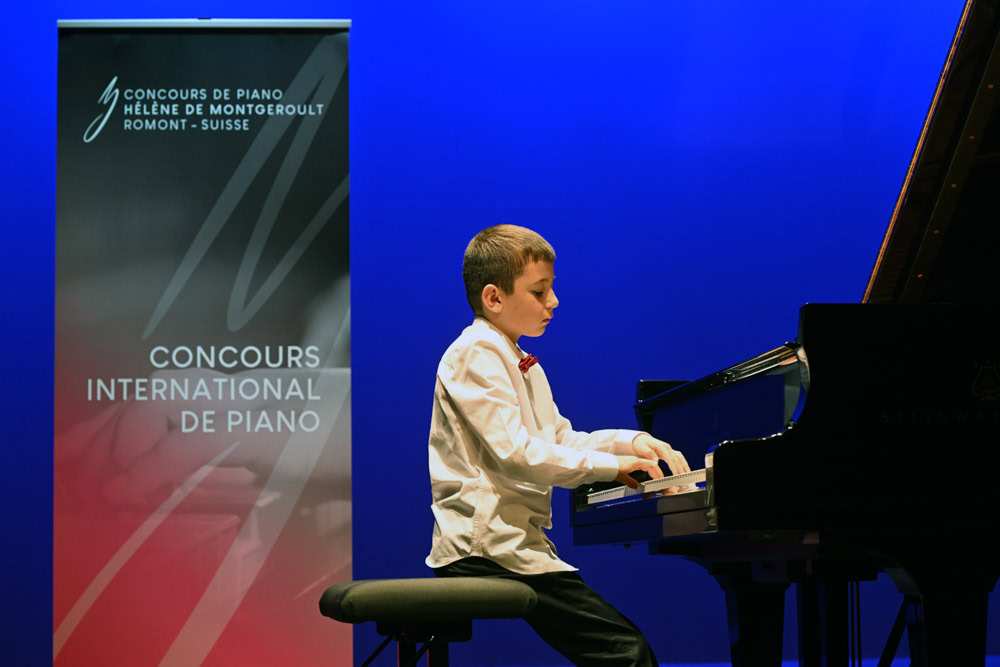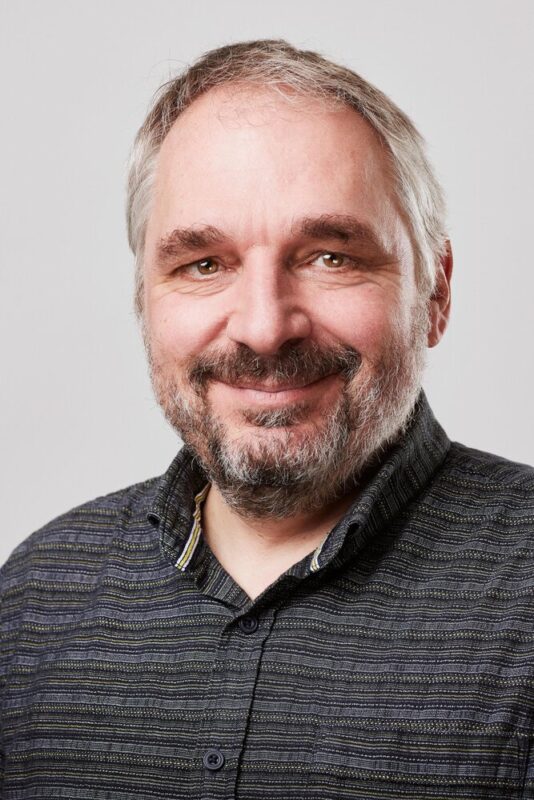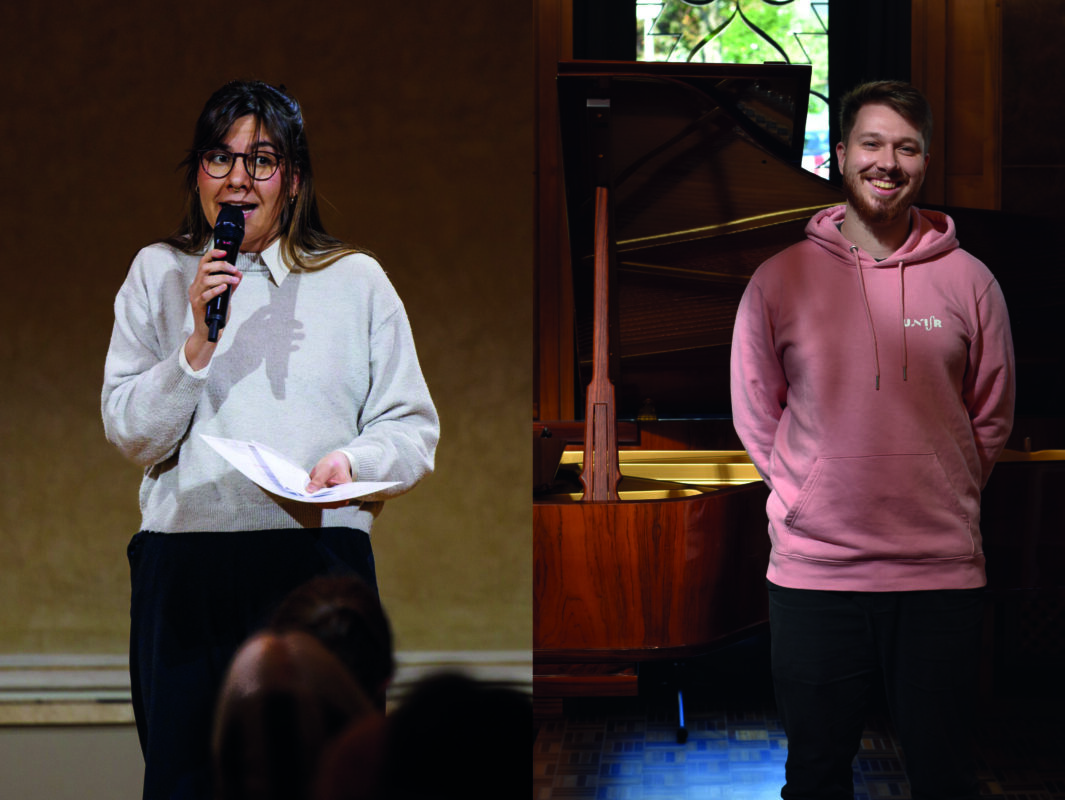Journey to the heart of Steinway

For many years now, the Centre Pédagogique Romand ASMP-SSPM (CPR) has had the privilege of collaborating with Steinway Hall Suisse Romande - Hug Musique (Lausanne), whether through the organization of courses or workshops on specific themes: graphic notation, the prepared piano, etc.
For its 2014-15 season, like a pearl born of these fruitful years, we were offered the opportunity to make the trip to Hamburg to visit the Steinway factories. A small team of a dozen people was able to enter the sacrosanct premises where some of the world's finest pianos are made! Needless to say, the trip was an unforgettable experience! Magnificently guided by Steinway's Swiss managers, Armando Piguet (Lausanne) and Daniel Rimensberger (Zurich), we were able to discover in advance all that goes to make up the marvellous quality of these instruments from a brand founded as long ago as 1853.
Since then, the famous Steinway&Sons lyre has been found on almost 600,000 instruments. The European site in Hamburg supplies the whole world, with the exception of the Americas, producing around 1,200 instruments of all sizes each year. Switzerland alone "consumes" a tenth of this output. Above and beyond the figures, we were impressed by the factory and the company itself. The company's 290 highly qualified employees are at the very heart of a production process which, at 80%, remains totally artisanal.
The red-brick factory, with its huge chimney, still looks as it did almost 100 years ago, but make no mistake about it: state-of-the-art technology lurks around every corner. Case in point? The factory's heating system is powered by recycled wood waste. The same is true at every stage of production, where the most exacting craftsmanship is combined with ultra-high-performance control systems. This helps us to constantly push manual work to the very edge of perfection.
Visitors are immediately struck by this harmonious balance between craftsmanship and high technology. If there are a few machines here, it's not to increase productivity, but to carry out certain very precise mechanical operations. All attention is paid to the sound aspect, in other words, the instrument's auditory and acoustic qualities. What's more, instrument building is initiated by the pianist's own performance, whose most extreme expectations are taken into account: pure, stable note length in both bass and treble, broad, full dynamics, responsive mechanics in both escapements, fine pedals that perfectly obey the play of the dampers both with the "Federpedal" (quarter pedal) and at the other required levels, etc. The pianist thus finds an echo in the instrument's sound. Pianists find their sonic dreams echoing, and as musicians we can let ourselves vibrate with an instrument whose volume, weight and flesh we forget, to be nothing more than musical waves.
We couldn't possibly go into enough detail to describe just how enriching such a visit can be. As soon as you step through the gates, the immense drying hall for spruce, mahogany and maple (two years in open space for gradual drying) awakens your senses with all its smells. Then there are the scents of glues (the contents of which are jealously guarded), lacquers and paints, added to the sounds of planes, hammers, saws and presses, as hands shape instruments that slowly, over the course of a year or so, make their way through this long chain of handcrafted production.
The outer frame is molded from a single piece (seven meters long for a Steinway B) made of layers of different woods that have been seasoned, glued, compressed and heated for six hours. Steinway is the only designer to build from the outer frame right through to the inside of the instrument.
As we move on, silence takes its place and the last specialist workers are confined to their own premises. Whoever is sanding each damper to give it the most precise rebound, whoever is meticulously adjusting the mechanics or whoever, like this technician who has been carrying out the same operation tirelessly for 33 years, is adjusting the dampers to a line from which no parasitic string noise will emerge; all technicians speaking to us with passion about their trade, and whose love of their work can be felt with emotion.
At the end of the journey, the instruments undergo several intonations, and in the end, like perfumers who rely on a "nose", one and only one person is authorized to make the final test. Then, Caesar's thumb either accepts the piano out of the factory, or rejects it, and the piano has to go back up the chain as many times as necessary, even if it means tumbling down the stairs, and ending up back in the cradle, depending on the revisions to be made...
Back home, you'll never touch a Steinway in the same way again, as your mind wanders and your hand becomes an accomplice to all those hands coming together for the pure beauty of music.








